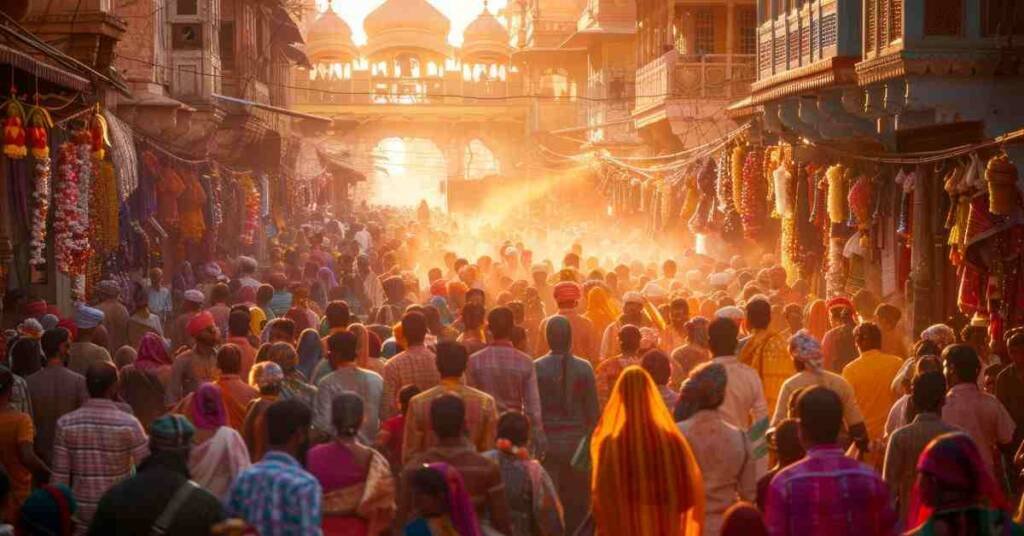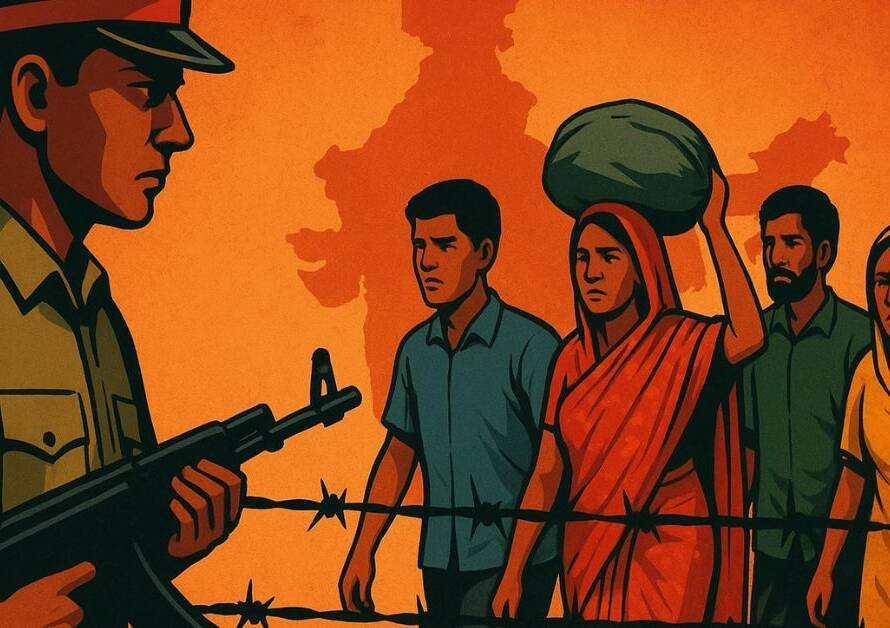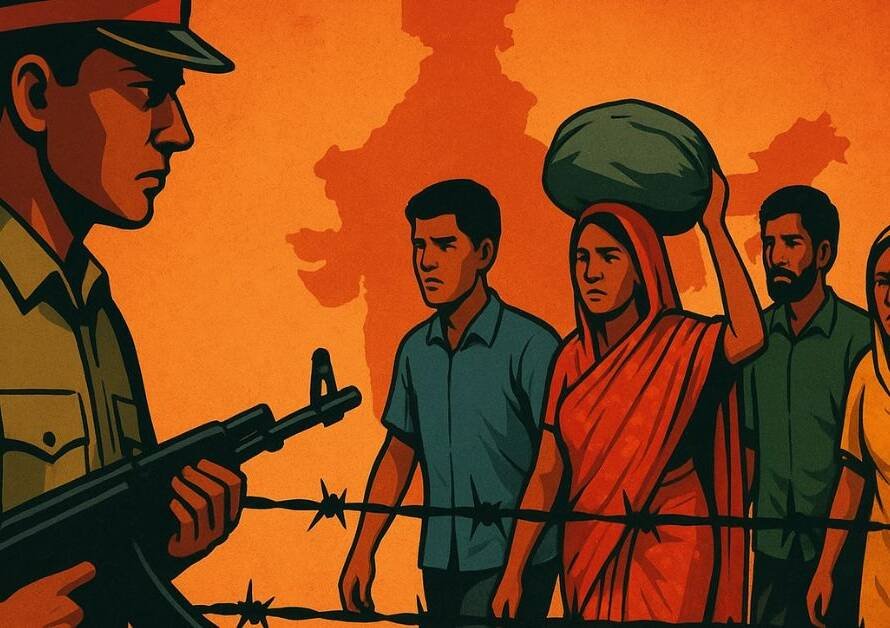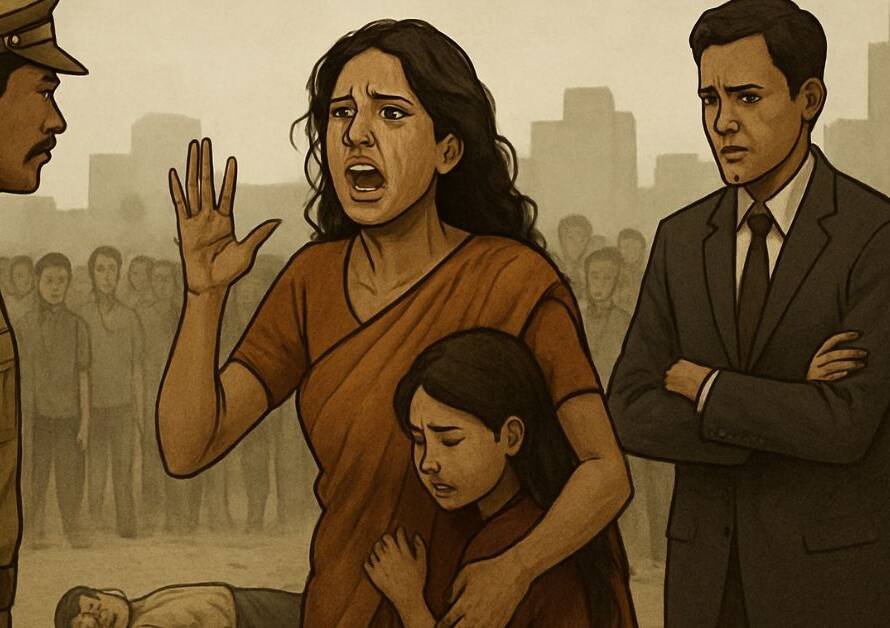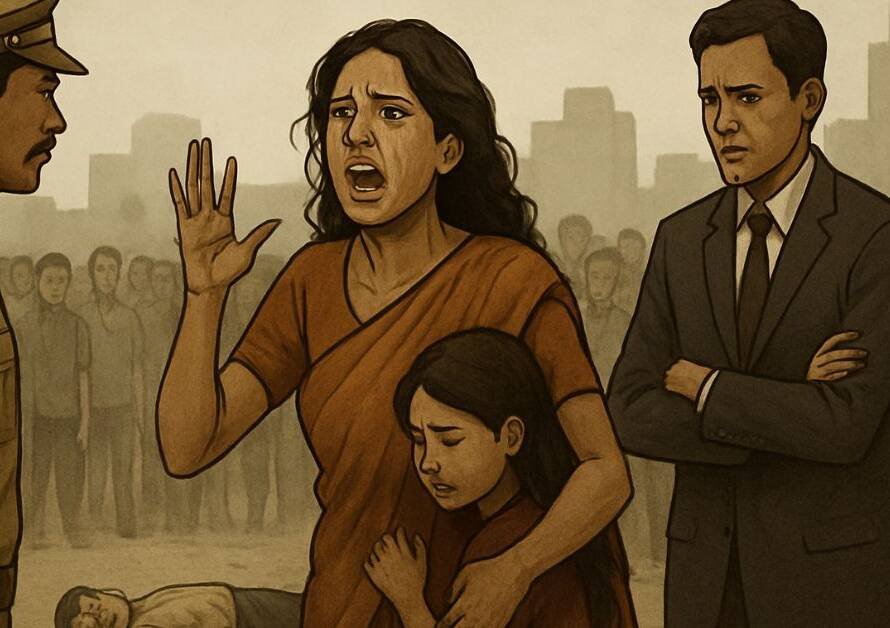The Rashtriya Swayamsevak Sangh (RSS) was founded in 1925, even before India gained independence. At that time, Hindus were in the majority, but their allegiance lay with Gandhi and the Congress, not with the RSS.
A Painful Bargain
In return for this loyalty, Gandhi divided India, gifting the land that had been home to Hindus for thousands of years to Muslims. This division came with unparalleled suffering, yet the Hindus, after a brief moment of anger, chose to side not with Godse, but with Nehru.
A Journey Through Decades of Compromise 1980:
The BJP was born. Yet, Hindus remained loyal to Indira Gandhi and Rajiv Gandhi.
Parliament and Rashtrapati Bhavan hosted Roza Iftar parties. Hindus raised no objections; they were content worshipping their deities in their homes.
Subsidies were given for Hajj, but when Hindus faced bullets during the Amarnath and Vaishno Devi pilgrimages, they remained silent.
In trains, parks, roads, and public spaces, Muslims offered namaz, blocking thoroughfares. Hindus simply avoided these roads, finding alternate routes to their homes and offices.
During the CAA-NRC protests, Hindus endured long detours to bypass blockades and yet, many voted for Arvind Kejriwal, only to suffer the consequences during the violent Delhi riots.
Across the country, under the guise of the Waqf Act, numerous mosques were constructed. Hindus didn’t object; they instead pleaded for schools and hospitals.
Encroachments were made through the construction of mazars (shrines). Instead of protesting, Hindus would bow at these mazars and continue asking for better facilities for their children.
The Demand for a Single Temple
One day, Hindus decided to reclaim their Lord Ram’s temple in Ayodhya. The demand wasn’t extraordinary—just a single temple in a land filled with countless mosques.
However, much like Ravana, who refused to return Sita, believing Ram and his army of monkeys could do nothing, modern-day opponents of the temple thought Hindus were powerless.
They underestimated the resolve of Hindus. Babur, neither born nor buried in Ayodhya, could have had a mosque in his name anywhere else in India. Yet, for this one temple, Hindus were met with:
Blood-stained soil in Ayodhya, soaked with the sacrifices of Ram devotees.
The Sarayu River turning red with the blood of innocents.
Charred bodies of Ram devotees in the Godhra train carnage.
The Rise of Self-Respect
For years, Hindus focused on their dreams of schools, hospitals, and jobs. But the atrocities awakened their dormant self-respect.
They united, stood tall, and shattered the curse of being treated as second-class citizens in their own land. What began as the demand for one temple became a movement—a determination to reclaim every temple, every piece of their heritage.
A Historic Achievement
Hindus have accomplished what no other civilization has:
Jews couldn’t reclaim their temple from others.
Christians and Parsis couldn’t reclaim theirs.
Even Muslims failed to reclaim their sites from Christians or Jews.
But Hindus, like Ram’s Vanar Sena, not only know how to fight but also how to win.
Ayodhya: Just the Beginning
Ayodhya is merely a trailer. The real battle for a Hindu Rashtra, Mathura, and Kashi is yet to unfold.
Hindus have awakened to their heritage, and there’s no turning back.
Bharat Mata Ki Jai!
Pass this message forward and inspire others.

